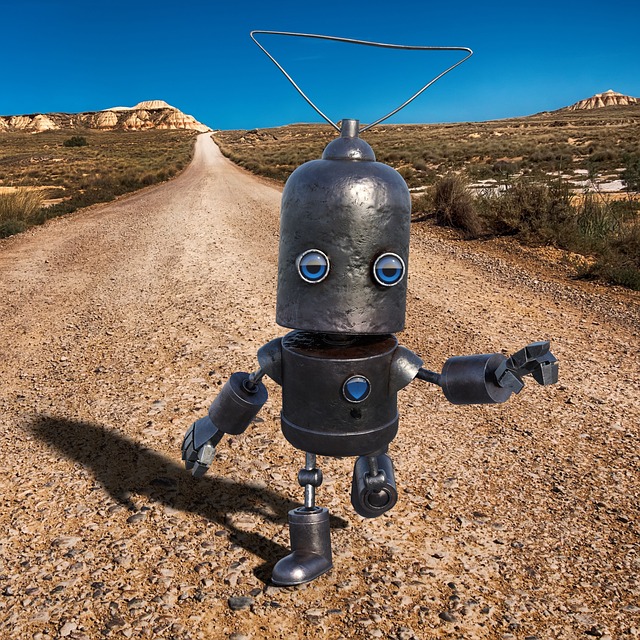“`html
The Transformation of Work Through AI
Artificial Intelligence (AI) is revolutionizing the way we approach work, fundamentally altering the landscape of various industries. One of the most significant areas where AI technology is making waves is in the realm of automation. As organizations increasingly adopt AI-driven solutions, the implications for productivity, efficiency, and job roles are profound.
Understanding Automation in the Workplace
Automation, powered by AI, refers to the use of technology to perform tasks that were traditionally carried out by humans. This encompasses a wide array of functions, from simple data entry to complex decision-making processes. By taking over repetitive and mundane tasks, AI enables employees to focus on more strategic, creative, and value-added activities. The shift toward automation is not merely about replacing human labor; it is about enhancing human capabilities and driving innovation.
The Rise of Intelligent Assistants
Intelligent assistants, such as chatbots and virtual agents, are becoming commonplace in customer service and support roles. These AI-driven tools can handle inquiries, troubleshoot problems, and provide information around the clock, significantly reducing the workload on human employees. As a result, companies can improve response times and customer satisfaction while reallocating human resources to more complex tasks that require empathy and nuanced understanding.
Enhancing Decision-Making with Data Analysis
Another area where AI is making a substantial impact is in data analysis. Organizations are now equipped with powerful AI algorithms that can sift through vast amounts of data to identify trends, patterns, and insights that would be nearly impossible for humans to discern on their own. This capability enables businesses to make informed decisions quickly, thereby increasing their competitiveness in the market. The ability to harness data effectively is becoming a key differentiator for companies looking to thrive in a data-driven world.
Reskilling and Upskilling the Workforce
While the integration of AI may lead to the displacement of certain job roles, it also creates opportunities for reskilling and upskilling the workforce. Employees are encouraged to acquire new skills that complement AI technologies, such as data literacy, programming, and critical thinking. Organizations that invest in training their employees not only foster a more adaptable workforce but also cultivate a culture of continuous learning. This proactive approach helps mitigate the risks associated with automation and prepares employees for the future of work.
Challenges and Ethical Considerations
Despite the many advantages that AI brings to the workplace, there are also challenges and ethical considerations that must be addressed. The potential for job displacement raises concerns about economic inequality and the need for social safety nets. Additionally, issues related to data privacy, algorithmic bias, and accountability must be navigated carefully. Organizations must approach AI implementation with a clear ethical framework to ensure that technology serves the greater good and does not exacerbate existing disparities.
The Impact on Work-Life Balance
Interestingly, AI technology is also reshaping the work-life balance for many employees. With automation handling routine tasks, individuals can find more time for personal pursuits and leisure activities. Flexible working arrangements, facilitated by AI tools, allow employees to manage their schedules more effectively, leading to increased job satisfaction and overall well-being. As the boundaries between work and personal life continue to blur, AI can play a crucial role in helping individuals achieve a healthier balance.
Collaboration Between Humans and Machines
The future of work is not about humans versus machines; rather, it is about collaboration. AI technologies are designed to augment human capabilities, allowing for a more synergistic relationship. For instance, in creative industries, AI can assist in generating ideas, analyzing market trends, or even producing content, while human professionals can provide the emotional intelligence and creativity that machines lack. This collaborative approach enhances productivity and fosters innovation.
AI in Remote Work Environments
The rise of remote work has further highlighted the importance of AI technologies in maintaining productivity and communication. Tools powered by AI facilitate seamless collaboration among distributed teams, allowing for real-time feedback and project management. Virtual meetings, enhanced by AI-driven features such as transcription and translation, ensure that teams can work together effectively, regardless of their physical locations. This trend is likely to persist as organizations continue to embrace flexible work arrangements.
Future Trends in AI and Work
Looking ahead, several trends are likely to shape the future of AI in the workplace. The integration of AI with emerging technologies such as augmented reality (AR) and virtual reality (VR) will create immersive training and collaboration experiences. Additionally, advancements in natural language processing will enhance human-computer interactions, making it easier for employees to leverage AI tools in their daily tasks. As these technologies evolve, the potential for AI to transform work processes will only continue to grow.
Conclusion: Embracing the AI-Driven Future
In summary, the impact of AI technology on the future of work is undeniable. Automation, intelligent assistants, and data analysis are just a few examples of how AI is reshaping industries and redefining job roles. While challenges exist, the opportunities for growth, innovation, and improved work-life balance are significant. By embracing AI and fostering a culture of continuous learning, organizations can navigate this transformative landscape and prepare for a future where humans and machines work together harmoniously.
“`

